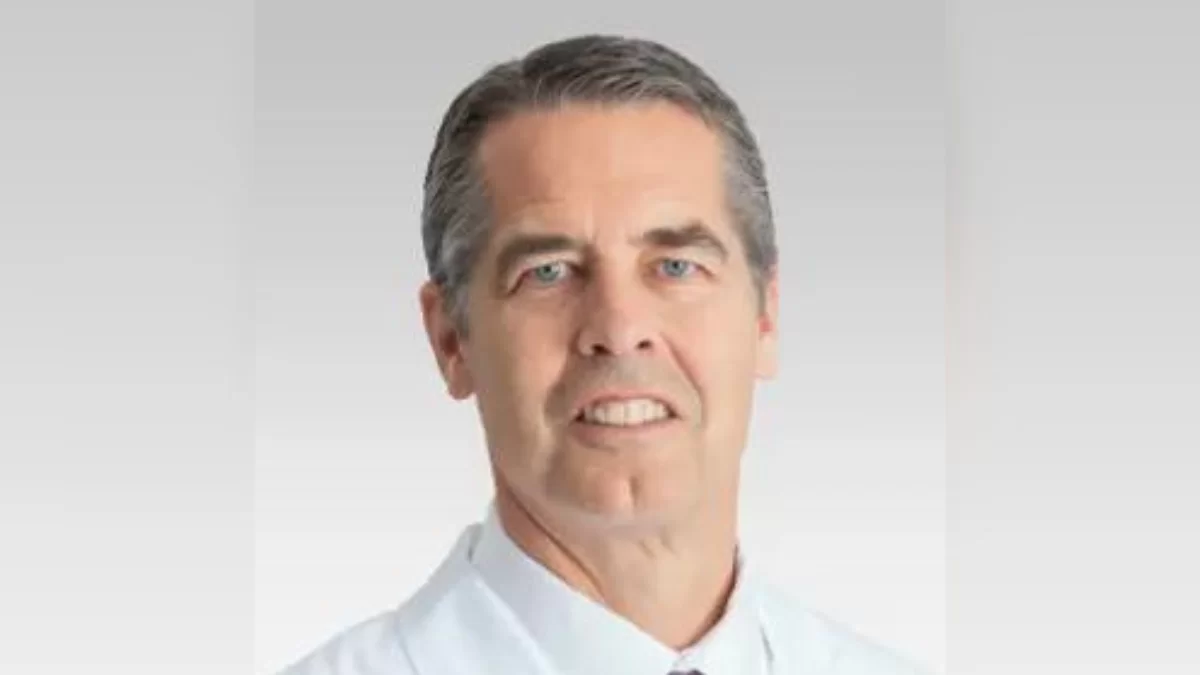
A discovery made by a team of The Scripps Research Institute's (TSRI) scientists could be the key to new treatments for diabetes.
A study initiated by Richard Lerner, a professor at TSRI in La Jolla, California, along with a team of colleagues including researchers from the McDonald's laboratory, developed autocrine selection. This breakthrough will enable scientists to study groups of molecules and single out those that bind to a certain cellular receptor as well as activating it.
Since the discovery, scientists have found molecules to block the virus that causes the common cold as well as ones that help with red blood cell production and kill cancer cells.
Through this technique, the TSRI team also found a molecule that activates the GLP-1 receptor, which produces insulin.
"In principle, we can apply this technique to hundreds of other receptors like the one we targeted in this study to find disease treatments that are more potent and have fewer side effects than existing therapies," Patricia McDonald, one of the study's senior investigators, said. "It has been a very productive cross-campus collaboration, so we're hoping to build on its success as we continue to collaborate on interrogating potential therapeutic targets."
One of the main researchers on the project was Hongkai Zhang, a TSRI senior staff scientist.
"The idea was that at least one of many variants would induce a change in the shape of the GLP-1 receptor that would activate the G-protein pathway without activating the beta arrestin pathway," Zhang said.
The team will now work toward using their findings to develop a new diabetes drug.



